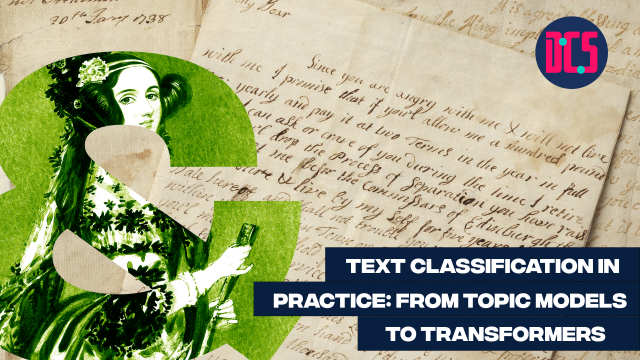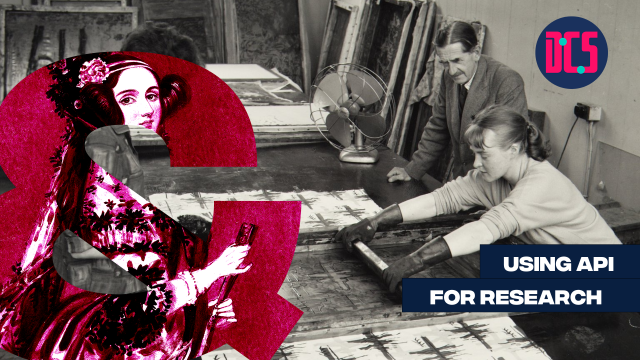Introduction to Tidyverse

This course introduces students to Tidyverse, a set of packages in R that can be used together for clean and efficient data analysis. The course runs over four sessions, starting with basic data wrangling and building up to more complex analysis, to give students a holistic understanding of Tidyverse.
The first session provides a review of basic processes in R, and introduces the basic principles and techniques of Tidyverse.
The second session covers importing, cleaning and manipulating data, focusing on tidyr and dplyr.
The third session covers how to perform statistical operations, primarily offering an introduction to the techniques offered by purr and modelr.
The fourth session is an introduction to visualisation in Tidyverse, focusing on how to use ggplot2 for context-appropriate data visualisation.
This is an intermediate level course. Intermediate events explore specific aspects of the method (libraries, tools etc.) and offer more in-depth understanding of the course topics, without introducing the basics. Some previous knowledge is required to be able to follow the content.
Those who have registered to take part will receive an email with full details and a link to join the session in advance of the start time.
After taking part in this event, you may decide that you need some further help in applying what you have learnt to your research. If so, you can book a Data Surgery meeting with one of our training fellows.
More details about Data Surgeries.
If you’re new to this training event format, or to CDCS training events in general, read more on what to expect from CDCS training. Here you will also find details of our cancellation and no-show policy, which applies to this event.
Return to the Training Homepage to see other available events.












